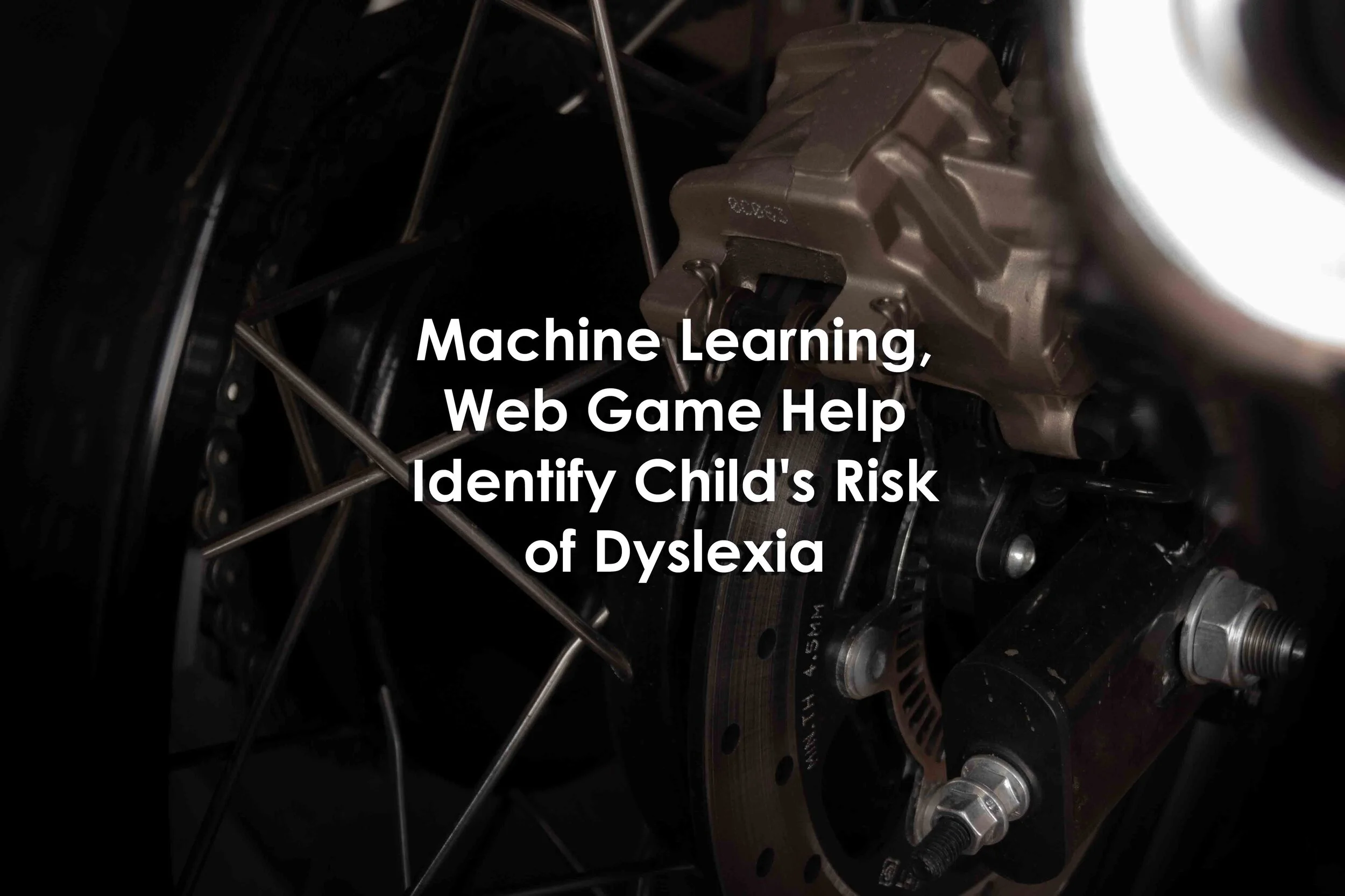Machine Learning, Web Game Help Identify Child's Risk of Dyslexia
Machine Learning, Web Game Help Identify Child's Risk of Dyslexia
Machine Learning, Web Game Help Identify Child's Risk of Dyslexia
By Samara Rosenfeld
May 20, 2020
Summary
A recent analysis proved machine learning and a web-based game could help identify a child's risk of dyslexia.
Maria Rauschenberger, PhD, and a team of investigators developed the web game, MusVis, to measure the differences in the interactions of children with and without dyslexia while identifying both visual and musical elements.
"To our knowledge, this is the first time the risk of dyslexia has been analyzed by means of a web game based on language-independent contents and using machine learning," Rauschenberger, from Pompeu Fabra University in Spain, said in a statement.
The language-independent game content was created with an auditory and visual part, each with 4 stages.
The auditory part of the game was inspired by a game called "Memory," in which pairs of identical cards were face down and had to be turned over.
The visual game used 'Whac-A-Mole' interaction with independent visual cues.
The visual cues were designed with the potential of making more cues with similar features to represent horizontal and vertical symmetries known to be difficult for a person with dyslexia.
The rest of the participants were classified as diagnosed or not show any signs of dyslexia.
"Since children with dyslexia need about 2 years to offset their difficulties, our method, as it is language-independent, could help reduce school failure, delayed treatment and, most importantly, reduce the suffering of children and parents," Rauschenberg concluded.
The study, "Screening Risk of Dyslexia through a Web-Game using Language-Independent Content and Machine Learning," was published online in W4A Proceedings.
Reference
Rosenfeld, S. (2020, May 20). Machine Learning, Web Game Help Identify Child's Risk of Dyslexia. Retrieved May 22, 2020, from https://www.mdmag.com/medical-news/machine-learning-game-identify-childs-risk-dyslexia


